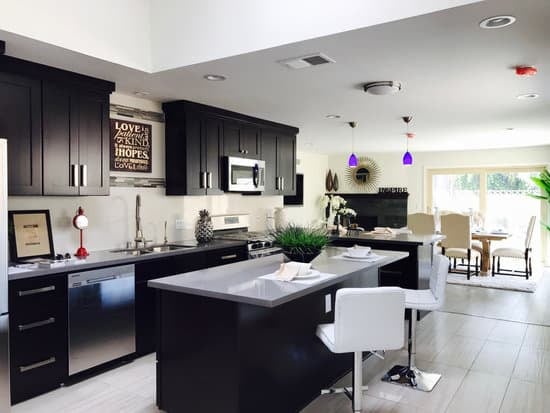If you’re looking to set up a home network, there are three main components you’ll need to get started. These include:
An access device
An access device is typically either an asymmetric or cable DSL modem or router that serves as the central point for directing traffic to and from the network. This device is what will allow you to connect to the internet and access data from other devices on your network.
A switch
If you plan to connect wired devices to your home network, you’ll need to invest in a switch. A switch is a networking device that allows you to connect multiple devices together, such as your computer, printer, and gaming console.
An access point
To connect wireless devices to your home network, you’ll need an access point (AP). An AP is a device that allows wireless clients to connect to your network, such as your smartphone, tablet, or smart TV.
These three components are the foundation of any home network, whether you’re looking to simply browse the web or connect multiple devices for gaming and streaming. By investing in the right access device, switch, and access point, you can create a reliable and efficient home network that meets all your needs.





















